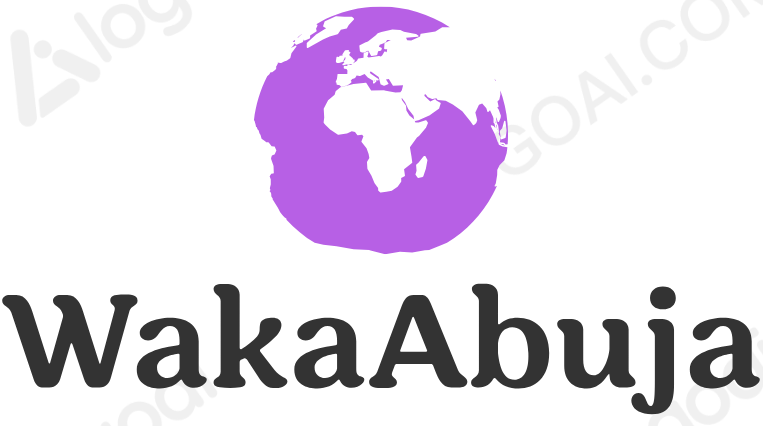Explore Ferrara: Renaissance Charm in Emilia-Romagna—Your Ultimate Visitor’s Guide
TL;DR – Quick Overview
Ferrara, a UNESCO World Heritage city in Emilia-Romagna, Italy, is a Renaissance gem surrounded by well-preserved city walls perfect for cycling and walking. Discover its iconic Castello Estense, stunning Cathedral, and the Palazzo dei Diamanti. Best visited spring through early autumn, Ferrara offers rich history, charming streets, and delicious local cuisine like cappellacci alla zucca.
Getting there is easy by train from Bologna or Venice. Stay in charming boutique hotels near the historic center for easy access. Expect moderate costs with many free walking routes. Safety is excellent, but always keep standard travel precautions.
Join guided tours for insider stories and local flavors. Plan 2-3 days to soak in the full Renaissance atmosphere.
Why Visit Ferrara? A Renaissance Jewel in Emilia-Romagna
Ferrara is a city steeped in Renaissance history, once ruled by the Este family who transformed it into a cultural hub attracting artists and writers like Ludovico Ariosto. Its 6-mile-long defensive walls remain intact, offering a unique way to explore by bike or foot. The city’s layout is a pioneering example of Renaissance urban planning, still influencing city designs today.
Walking through Ferrara’s medieval and Renaissance streets feels like stepping back in time, with architectural marvels at every turn. The city is also renowned for its vibrant cultural scene and culinary delights, making it a must-visit destination in northern Italy.
Top Things to See and Do in Ferrara
Castello Estense
This iconic moated castle is Ferrara’s symbol. Explore its impressive exterior and courtyard, and consider a guided tour to learn about the Este family’s legacy.
Ferrara Cathedral (Cattedrale di San Giorgio)
Marvel at the Romanesque-Gothic architecture of this cathedral located in the heart of the city. Don’t miss the intricate façade and the peaceful Piazza della Cattedrale.
Palazzo dei Diamanti
Famous for its diamond-shaped façade, this Renaissance palace hosts art exhibitions and is a highlight of the Addizione Erculea district.
Cycle the City Walls
Rent a bike and ride along the 9 km of Ferrara’s Renaissance walls, enjoying green parks and panoramic views of the city and countryside.
Jewish Ghetto and Via delle Volte
Walk through the atmospheric medieval lanes of the old Jewish Ghetto, including the evocative Via delle Volte with its arches and historic charm.
Try Local Cuisine
Don’t miss tasting cappellacci alla zucca (pumpkin-filled pasta), paired with regional wines and finished with authentic Italian gelato.
How to Get to Ferrara and Get Around
Ferrara is easily reachable by train from major cities like Bologna (about 30 minutes) and Venice (around 1.5 hours). The train station is just a short walk from the historic center. Once in Ferrara, the best way to explore is by bike or on foot — locals favor cycling, and the city is very bike-friendly with flat terrain and dedicated paths along the walls. Public buses serve the outskirts, but the compact city center is best enjoyed without a car.
Where to Stay in Ferrara
For an authentic experience, I recommend staying near the historic center, close to landmarks like Castello Estense or Palazzo dei Diamanti. Boutique hotels and charming B&Bs offer a blend of modern comfort and Renaissance ambiance. Prices range from €70 to €150 per night depending on the season and amenities.
Booking early, especially in spring and summer, secures the best rates and locations.
Typical Costs and Suggested Budget
Accommodation
€70–€150 per night for mid-range hotels or B&Bs.
Meals
€15–€30 for a meal at a trattoria or osteria, including local wine.
Attractions & Tours
Guided tours range from €15 to €50; many outdoor sites and walks are free.
Transport
Train tickets from Bologna start at €5 one-way; bike rentals about €10/day.
For a comfortable 3-day stay including accommodation, meals, transport, and tours, budget around €300–€450 per person.
Money-Saving Tips
- Book accommodations and tours well in advance, especially during peak seasons.
- Use the extensive free walking and cycling routes along the city walls.
- Eat at local osterias away from main tourist squares for authentic and affordable meals.
- Purchase combined tickets for multiple museums or attractions when available.
- Travel by train using regional tickets or passes to save on transport costs.
Best Time to Visit Ferrara
The ideal time to visit Ferrara is from April to October when the weather is mild and outdoor activities like cycling the walls are most enjoyable. Spring brings blooming gardens and fewer crowds, while summer hosts vibrant festivals and longer daylight hours. Autumn offers pleasant temperatures and the chance to enjoy the harvest season’s culinary delights.
Winters are quiet but can be chilly, with some attractions having reduced hours.
Recommended Length of Stay
To fully appreciate Ferrara’s Renaissance charm, I suggest spending at least 2 to 3 days. This allows time to explore the main sights, enjoy leisurely meals, cycle the city walls, and perhaps take a day trip to nearby Emilia-Romagna towns like Bologna or Comacchio.
Tours and Experiences Worth Booking
City Highlights Walking Tour
Discover Ferrara’s Renaissance architecture and landmarks with a local guide. Includes Castello Estense, Palazzo dei Diamanti, and Cathedral. Duration: 2-3 hours.
Medieval Ferrara & Jewish Ghetto Tour
Explore the medieval streets and learn about Ferrara’s Jewish heritage. Includes visits to the Italian Synagogue and Via delle Volte.
Food & Wine Tasting Tour
Sample local specialties like pumpkin pasta and regional wines, combined with a guided city walk. A delicious way to experience Ferrara’s culture.
Safety Tips for Travelers in Ferrara
Ferrara is generally very safe for travelers. Standard precautions apply: keep an eye on personal belongings, especially in crowded areas; avoid poorly lit streets at night; and carry a copy of your passport.
Emergency services are reliable, and locals are friendly and helpful. For any urgent assistance, see emergency contacts below.
Emergency Contacts
- Emergency Number (Police, Fire, Ambulance): 112
- Local Police (Questura di Ferrara): +39 0532 201111
- Hospital (Ospedale Sant’Anna): +39 0532 236111
- Tourist Information Office: +39 0532 209311 | [email protected] | inferrara.it
How to Get There—Interactive Map
Frequently Asked Questions
What is the best way to explore Ferrara?
Walking and cycling are the best ways to explore Ferrara, especially along the Renaissance city walls. The city is compact and bike-friendly, making these options enjoyable and convenient.
How long should I stay in Ferrara?
A stay of 2 to 3 days allows you to see the main sights, enjoy local cuisine, and soak in the Renaissance atmosphere without rushing.
Is Ferrara safe for solo travelers?
Yes, Ferrara is very safe for solo travelers. The city has low crime rates, and locals are welcoming. Usual travel safety precautions apply.
When is the best time to visit Ferrara?
Spring through early autumn (April to October) offers the best weather for sightseeing and outdoor activities like cycling the city walls.
Are there guided tours available in Ferrara?
Yes, there are many guided tours available, including walking tours of the Renaissance district, medieval Jewish Ghetto tours, and food and wine experiences.
Final Pro Tip
When visiting Ferrara, take time to wander beyond the main streets into quieter alleys and parks. Renting a bike early in the morning helps you enjoy the city walls and green spaces in peaceful solitude before the crowds arrive. Also, try to time your visit to coincide with local festivals for an authentic cultural experience.




